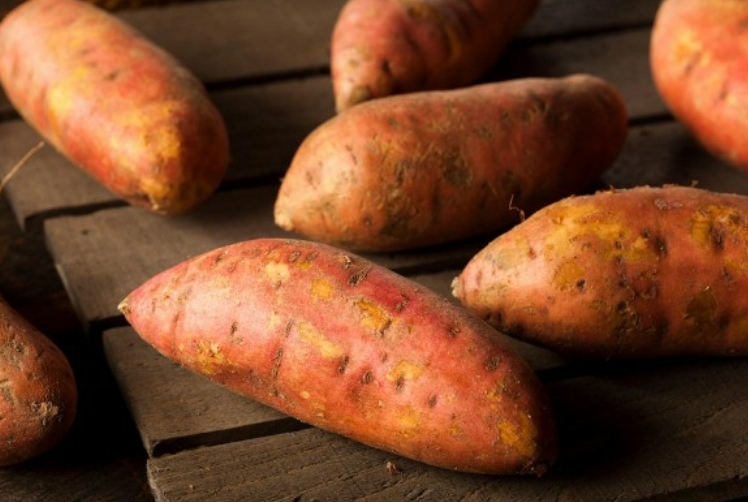
Scientists monitor the chemicals released by sweet potatoes when they are being eaten by insects.
Plants are pretty amazing beings, yet they are rarely given such credit. Although plants are obviously nonverbal, they have ways to communicate with each other and even sometimes defend themselves. One such plant that was recently found to not only have a defense mechanism, both also possibly have a way to warn its neighbors about a possible oncoming attack is the sweet potato.
A research team working on a recent study from the Max Planck Institute for Chemical Ecology in Jena, Germany, began to observe sweet potato (Ipomoea batatas) self-defense after scientists noticed that two specific varieties of sweet potatoes were terribly attacked by insects. The two varieties that were affected are both native to Taiwan, they are the yellow-skinned, yellow-fleshed Tainong 57 and its darker orange cousin, known as the Tainong 66.
The research team fed both varieties of sweet potatoes to hungry African cotton leafworm caterpillars. Like many other plants, the sweet potatoes released defense mechanism chemicals to stop the caterpillars from attacking them. The Tainong 66 released about 40 chemical compounds as it began to get chumped on whereas its cousin the Tainong 57 released a lot more of the chemical DMNT. According to the research group the release of the chemical DMNT emits a very unpleasant odor.
The research team went a step further, and began agitating the potatoes’ leaves with tweezers to force them to produce more DMNT. As a result of this Tainong 57 also produced more of a protein called sporamin in its leaves, Tainong 66 not so much. Sporamin has a specific function just as DMNT does to protect the potato and defend it against the attacker.
When the caterpillars chewed on the sporamin, “their digestion is inhibited and they immediately stop eating because they don’t feel well,” lead researcher Dr. Axel Mithöfer.
Sporamin is the reason we must cook sweet potatoes before eating them.
“If the caterpillars could cook it, they could eat it,” said Mithöfer.

Por: Alexandria Addesso













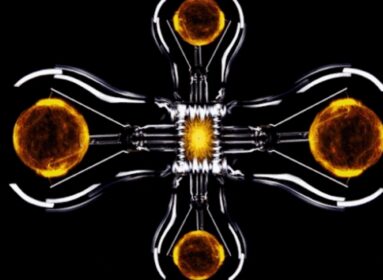




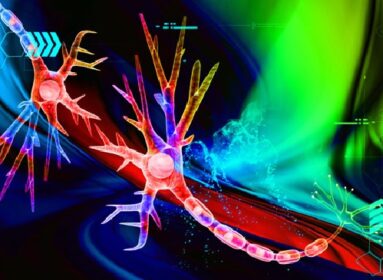
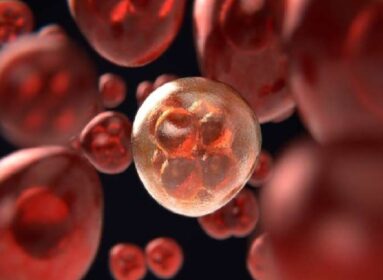
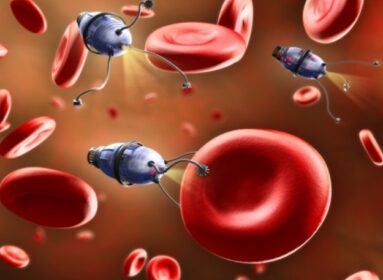


















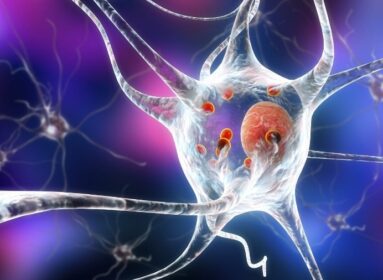
























Comments are closed.